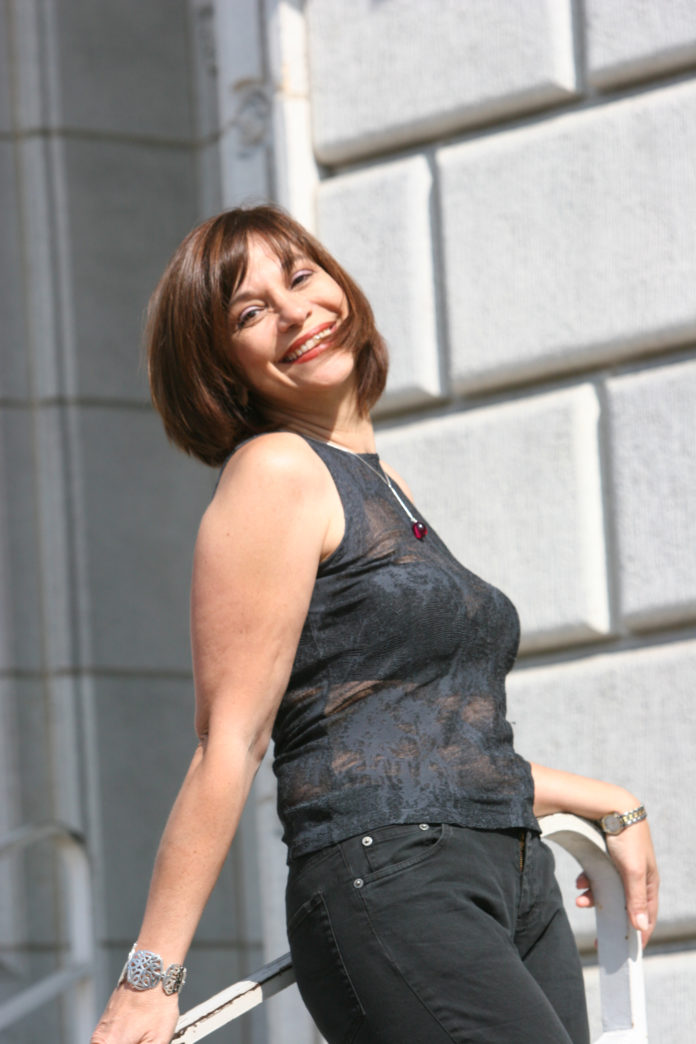By Barney Yates
LOS ANGELES (News Blaze) — The following is a conversation between Barney Yates, an American journalist, and Nora Armani, an international actor, playwright and festival producer, about prospects for healing old wounds between Armenia and Turkey through the “soft diplomacy” of cultural exchange.

Q: There are ongoing negotiations toward protocols for opening the borders between Turkey and Armenia for the first time in a long time. Why has this peaceful development been so difficult to achieve?
A: Well, there are many unresolved issues between Armenians and Turks, the most important of which is the recognition of the Armenian Genocide. Opening borders is a wonderful thing, as it is important for all nations under the sun to live peacefully with their neighbors and have normal exchanges on the economic, social and human levels. However, opening up the borders under the conditions Turkey is pushing for would not create the sort of peaceful atmosphere that is so desirable between neighboring countries. It would result in resentment and further mistrust.
By pressuring Armenia to accept the protocols with conditions attached, and by sliding over the important issue of the recognition of the Armenian Genocide, Turkey is not engaging in a peaceful act but an act of denial. It is much like denying the Jewish Holocaust during World War II.
Let’s ask ourselves why these centuries-old neighbors have not been on “talking terms.” If the issue that caused the conflict is not resolved at its root, and amends are not made by Turkey as the perpetrator to its victims of the Genocide and their offspring, you can open as many borders as you want, but that will not create peaceful coexistence.















